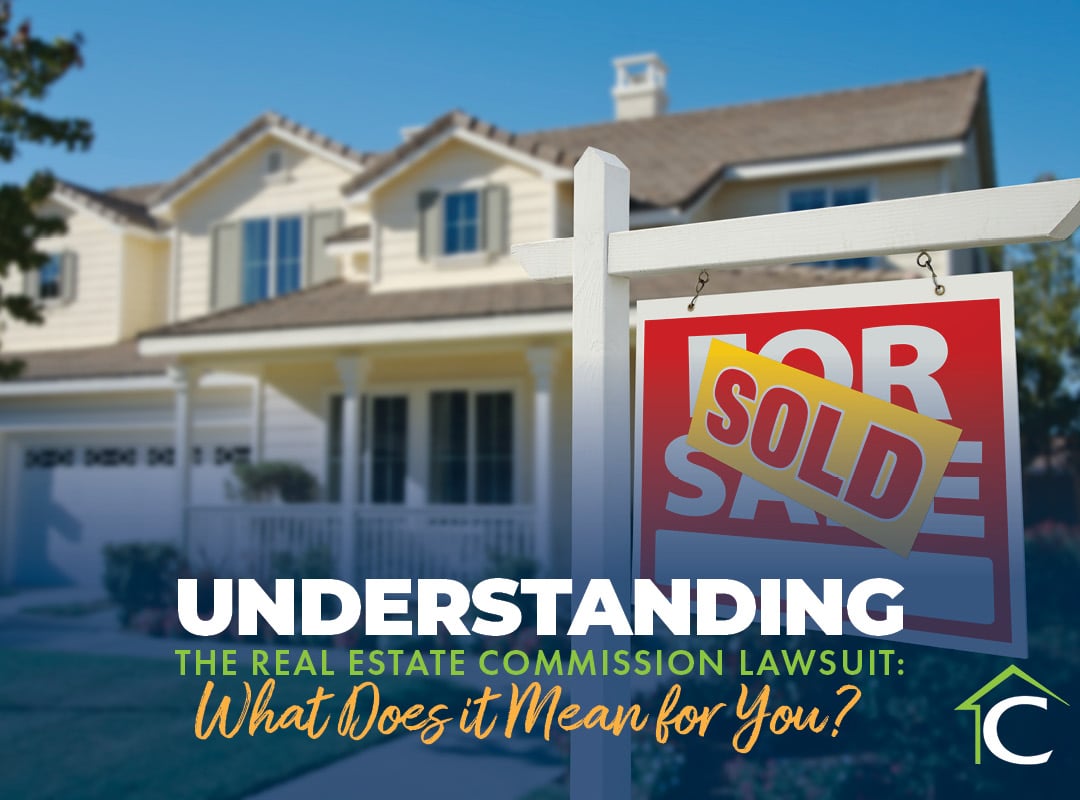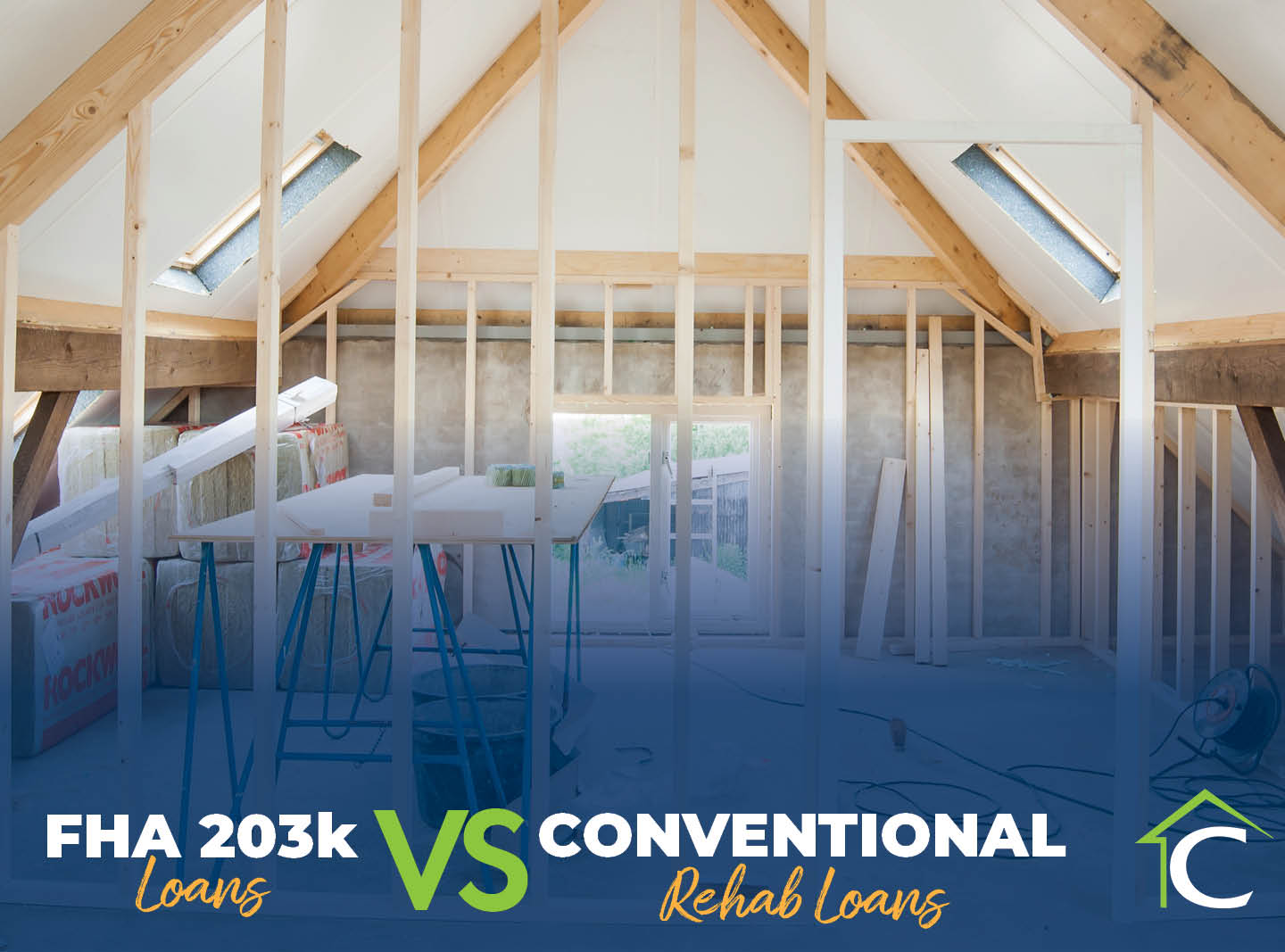The most common mortgage question buyers ask first when shopping for a home is, “What’s your rate?” While securing a good rate is very important and will affect the mortgage payment for the life of your loan, any buyer that initially leads with this question to determine their choice of lender can be setting themselves up for failure.
The most glaring reason is simple. Many loan officers lie. For example, their true rate could be four percent, but nothing is stopping them from stating a lower figure to get your business in the door.
With today’s complicated documentation process, it can be several days from the initial inquiry until the loan is submitted and “locking” the rate is possible. By then, many buyers have developed a relationship with their lender of choice and aren’t focused on other competitive offerings. A jaded industry observation states: “He who quotes the lowest, lies the most!"
In today's competitive market that operates on thin margins, buyers can protect themselves by polling a few national lenders to see where rates actually stand. If top banks are at four percent and “Blue Star Zippy’s Funding“ quotes 3.5, guess what? Your Zippy’s contact is not telling you the truth! Strangely enough, many buyers WANT to believe that lower figure and set themselves up for failure.
A legitimate reason buyers might not get the rate they’re initially quoted is because of their credit. Most loan programs offered to the public are based on FannieMae and FreddieMac rules and regulations, which require risk-based rate adjustments tied to a combination of the borrowers downpayment and credit score. Therefore, a true market rate of 4% could legitimately end up at 4.125% – 4.375%
Another consideration would be the closing costs. Some lenders offer a slightly lower Long Island mortgage rates but charge considerably higher closing costs, whether it be from “points” (each point costing 1% of the amount borrowed), origination fees or other charges.
Lastly, the true “best value” comparison must take into account whether the offered rate is good for a 15, 30, 45 or 60 day time period – the differences of which will affect the true interest rate.
As always, a smart shopper can ask the right questions and compare lenders in order to secure the best options possible.
















